There’s a lot of talk about resilience lately. Defined as the ability to bounce back or recover from a difficult experience, resilience is certainly needed this year. The incredibly wet spring has heaped on work and additional cost to farmers. It has also put pressure on cows and in the run-up to breeding this is a concern. The risk is that the problems encountered this year will run into next year if empty rates are higher or cows are slow to go back in calf.
Therefore, resilience isn’t just needed for people, it’s also required for animals. This is why breeding resilient animals is so important, and may become more important in the future if we are to have more severe weather patterns.
Genetics
What does a resilient on-farm breeding programme look like? Well the first thing is to ensure that the genetics being used in the breeding of the herd on farm, whether through the purchase of stock bulls or AI bulls, have been bred for the conditions which are likely to be experienced on the farm.
On the dairy side, this means that the genetics should originate from grass-based systems. There is no point in using genetics from indoor based TMR systems where the cows only walk from the parlour to the cubicles to the feed face and back again every day and where they can fill their bellies at the feed face whenever they want. Not if cows in Ireland are expected to walk four or five kilometres a day to and from the paddock, then eat 90% of their feed in two big grazing bouts a day.

What does a resilient on-farm breeding programme look like?
That is why we have developed the EBI breeding programme in Ireland for Irish conditions. Within the EBI some bulls are more resilient than others and that’s reflected in their fertility and survival figures.
The same can be said of suckler cows. These need to be bred to withstand the harsh conditions of the Irish weather and landscape. Keep this in mind when picking bulls this breeding season.
There’s a lot of talk about resilience lately. Defined as the ability to bounce back or recover from a difficult experience, resilience is certainly needed this year. The incredibly wet spring has heaped on work and additional cost to farmers. It has also put pressure on cows and in the run-up to breeding this is a concern. The risk is that the problems encountered this year will run into next year if empty rates are higher or cows are slow to go back in calf.
Therefore, resilience isn’t just needed for people, it’s also required for animals. This is why breeding resilient animals is so important, and may become more important in the future if we are to have more severe weather patterns.
Genetics
What does a resilient on-farm breeding programme look like? Well the first thing is to ensure that the genetics being used in the breeding of the herd on farm, whether through the purchase of stock bulls or AI bulls, have been bred for the conditions which are likely to be experienced on the farm.
On the dairy side, this means that the genetics should originate from grass-based systems. There is no point in using genetics from indoor based TMR systems where the cows only walk from the parlour to the cubicles to the feed face and back again every day and where they can fill their bellies at the feed face whenever they want. Not if cows in Ireland are expected to walk four or five kilometres a day to and from the paddock, then eat 90% of their feed in two big grazing bouts a day.

What does a resilient on-farm breeding programme look like?
That is why we have developed the EBI breeding programme in Ireland for Irish conditions. Within the EBI some bulls are more resilient than others and that’s reflected in their fertility and survival figures.
The same can be said of suckler cows. These need to be bred to withstand the harsh conditions of the Irish weather and landscape. Keep this in mind when picking bulls this breeding season.





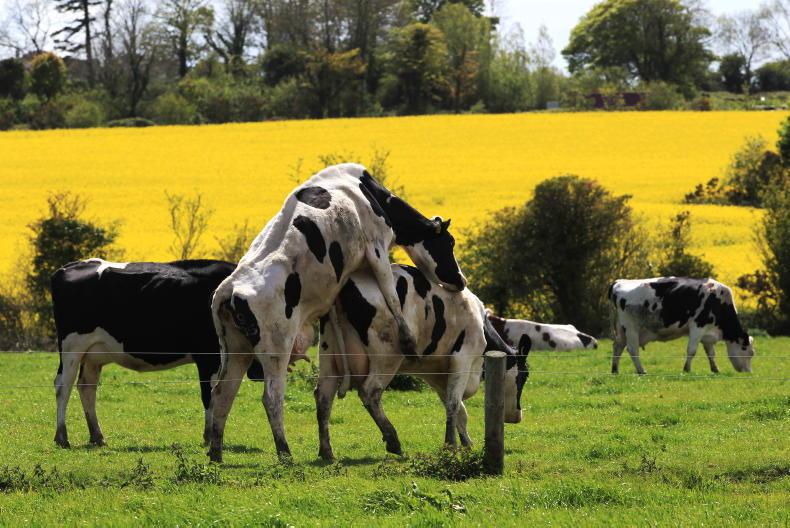
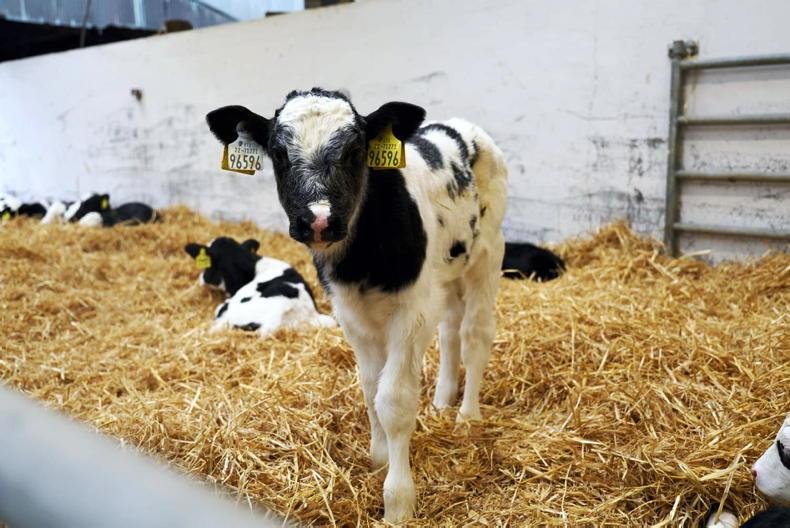

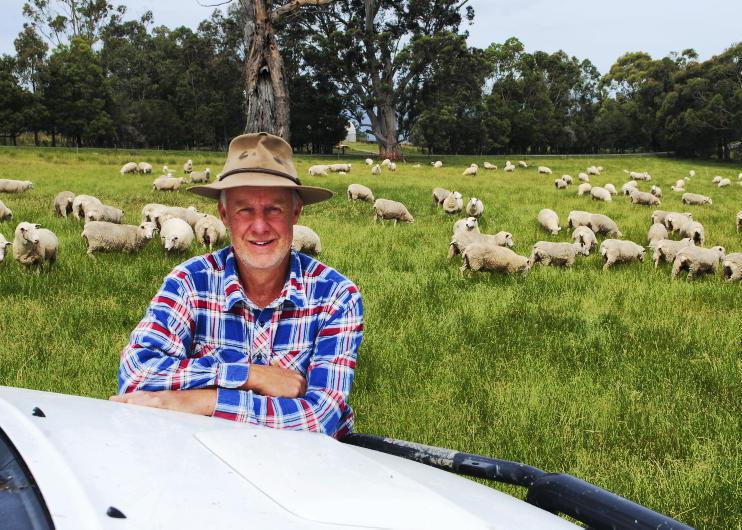
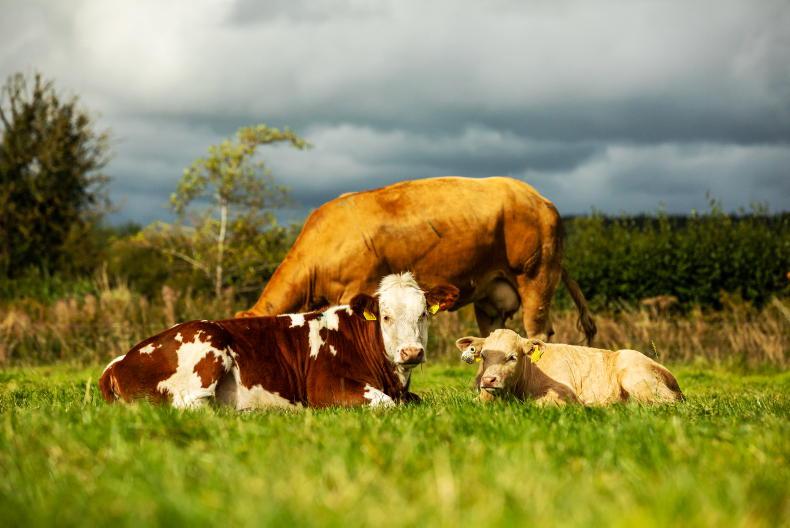
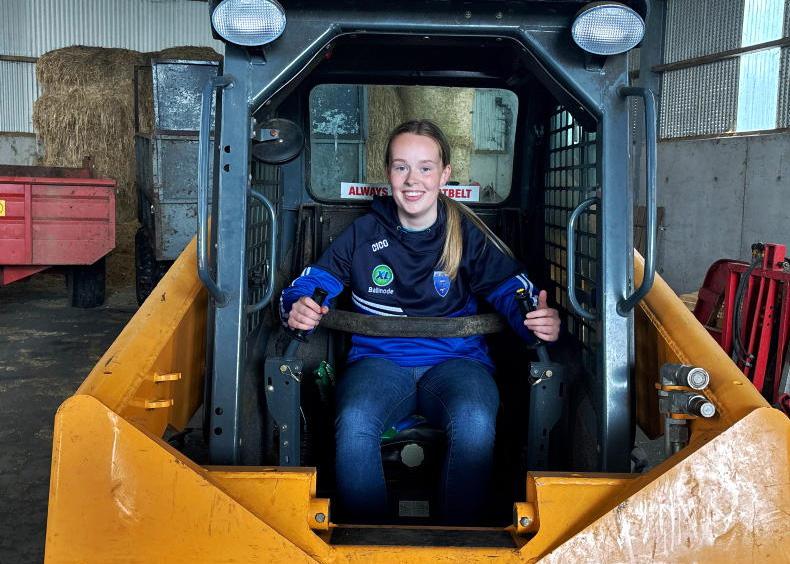
SHARING OPTIONS